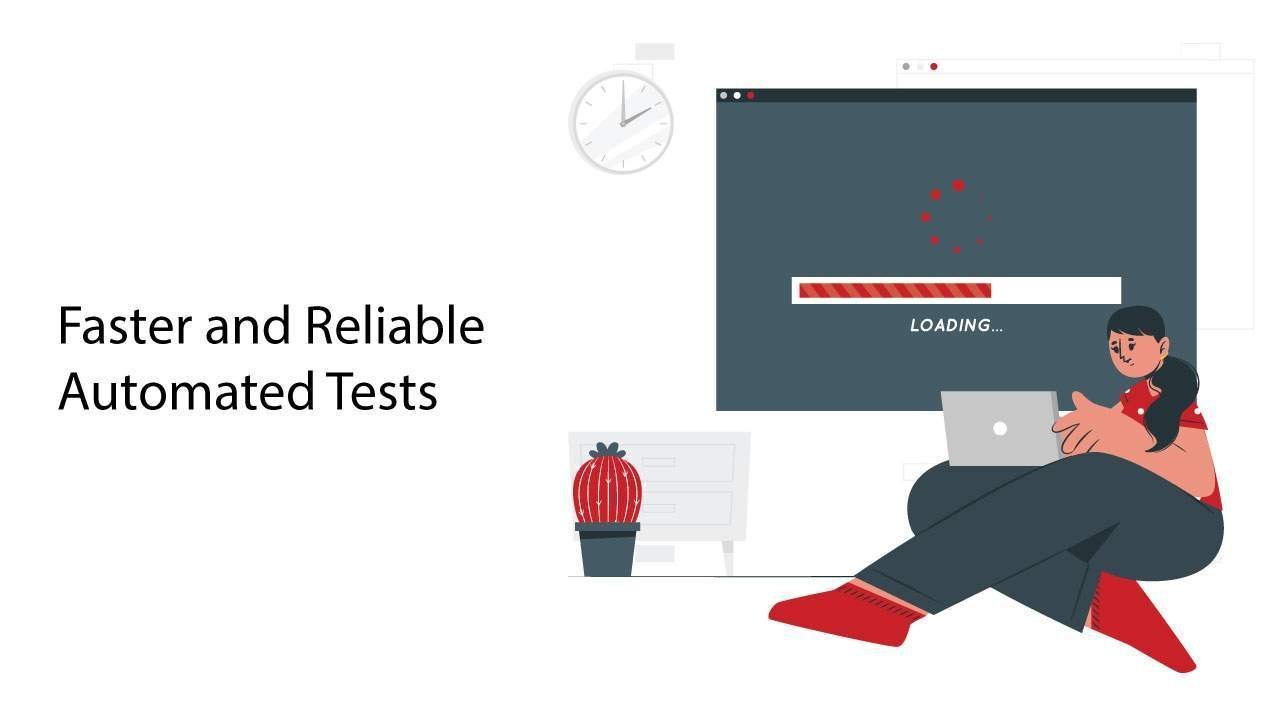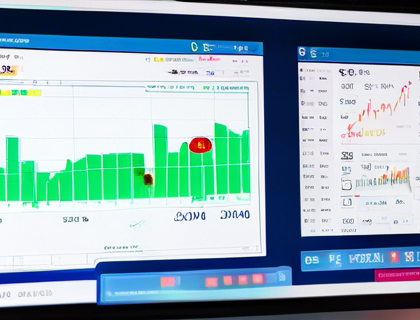Determining whether to start test automation and choosing the right technology are equally crucial. Some teams find it challenging to allocate resources to automation while shelling out large sums of money to hire extra personnel for manual testing.
There might be several reasons. One of the primary causes we will eliminate for you is being aware of the criteria for testing tool selection.
Additionally, sometimes teams will spend a lot of time researching technology and learn so much that they give up on the idea of automation altogether. In all other scenarios, select a general-purpose tool, start the automation process, and then end it after a few test cases.
How to Choose an Automation Tool?
Make sure the test automation tool you select is capable, strong, adaptable, and meets the requirements of your project. Capable, powerful, and adaptable means that the tool you’ve chosen should be able to handle all of the test cases and test data with ease.
It should also be adaptable enough to combine with other outside programs to increase functionality, personalize it, and simplify testing.
Test automation tools are even very helpful in testing sites when created with either wordpress, coding or any type of no-code app builder.
The Key Criteria for Selecting Test Automation Tools
- Project Requirements: It serves no purpose to look for a cure if you don’t know what the problem is. Therefore, before you begin looking into the various test automation tools and technologies that are available on the market, you should develop a list of the issues you want to address and the requirements for your project.
- Team Skills / Learning Curve: If you already have programmers on your team that are proficient in your preferred programming language, you might want to look into using an automation solution created in that language. Alternatively, if you want to hire qualified people for automation, you don’t have to worry about this.
- Budget: This is a crucial factor in the testing tool selection process. It would be simple to argue that you choose a free tool since you prefer not to spend money on automation when possible.
But you also have to keep in mind that the amount of money you spend on automation also depends on how much time you spend on it, how many people work on the tool, and how many machines you employ.
- Ease of Test Case Creation and Maintenance: Certain scenarios cannot be handled by every tool, thus, try automating a few test cases in your application to see if the tool you’ve selected satisfies your expectations.
If you’ve limited your search to paid tools, you could accomplish that using the tool’s trial version.
- Reusability: Look for tools that enable the reuse of previously developed test steps in different test cases and projects to avoid writing the same code repeatedly in many test cases and to prevent duplication of work.
- Data-driven Testing: Selecting a solution that facilitates data-driven testing is crucial if your application needs to be tested for a range of data at various interfaces.
- Reporting: If the reports were not helpful, creating and executing test cases would be pointless, therefore make sure to review every feature in the tool-supported reporting.
- Support for Collaboration: The client will want to see an assessment on the calibre of the automated testing cases if you are automating a project for them.
The ability of additional non-technical team members to automate or review the test cases would also be helpful. Therefore, in these kinds of situations, search for technologies that facilitate communication with clients and management.
- Training and 24×7 Support: Imagine that you began utilizing an automation tool, and after successfully automating roughly ten test cases, you ran into trouble with the eleventh test case and were unable to figure out how to fix it.
You have searched every forum available, but you are unable to find a solution. Use a tool with round-the-clock support to quickly handle any issues you run into.
Which Tool is Mostly Used for Automation Testing?
Testing tools fall into two types and are widely accessible on the market. The first is the low code test automation tool, which can be used to do any kind of test automation with little to no programming experience.
The Evolution Of Codeless Automation Testing Tools
The purpose of automation testing was to simplify the life of testers by executing repetitive activities automatically.
With the release of the open-source Selenium automation framework, it gained popularity.
Moreover, Selenium made interacting with websites much simpler, which made automation much easier, but it also required the assistance of a programming language in order to function properly.
Later, test cases may be recorded and replayed thanks to tools. In 2006, Selenium also received an IDE that made it possible to record test cases and convert them into programming languages that were supported.
These IDEs for recording and replaying test cases made it easier for manual testers to execute their test cases as needed by recording them while carrying out the test processes.
The issue was that these test cases were not scalable, meaning that they could not be updated or modified to include more intricate circumstances. They needed to be exported in a supported language so that someone with coding experience could work on them.
Since then, a few codeless automation tools have been released, enabling users to write test cases and change them as needed without the need to learn any programming languages.
Conclusion
When a team cannot find the ideal test automation solution to meet their testing needs, they may choose to build their own test automation frameworks.
There are actually many different kinds of test automation frameworks and technologies on the market right now that support automation on a wide range of applications and are constantly being developed.
So, before considering putting a framework into place on your own, do consider the aforementioned concerns and take some time to look at the test automation tools that are available.
Also, make sure the tool you select is within your budget, taking maintenance expenses into account, to prevent devoting more effort to maintaining test cases than to creating new ones.
In the event that the application undergoes even slight modifications, certain tools can self-heal the test cases.









